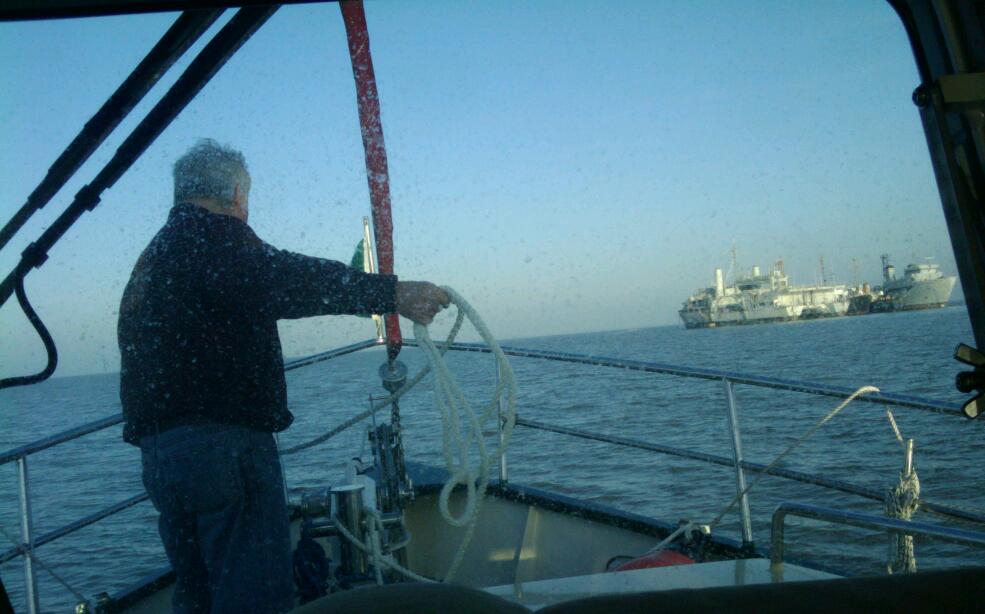Shouldn't we all just bear in mind the following? All coast guard agencies and lifeboat institutions...
- recommend us to wear lifejackets at all times They have to do it as part of their safety image
- retrieve more drowned people who haven't been wearing their life jackets, that those who have True but look at all th reasons why a person winds up in the water that needs to be rescued and the types of boats and boating that statistic comes from.
Is there a clue here?
On our side of the Atlantic (UK), PFDs are bulky, uncomfy, get in the way, and do not turn you the right way up in the water whereas life jackets (auto or manual inflation) are fine to wear, and should get you the right way up in case you are unconscious.
One other thought before I wind my trunk in (!). It's difficult enough to get a like jacket on and crotch straps properly fastened when not under pressure. I just wonder how many would be donned incorrectly when something is happening.
Enough of my preaching - I'm going back to bed.



 I was reading an article on marine fatalities and it referenced this site.
I was reading an article on marine fatalities and it referenced this site. 
